Letters from Vietnam – Winter 2021/2022
Letters from ...Facts and information about business and investments in Vietnam
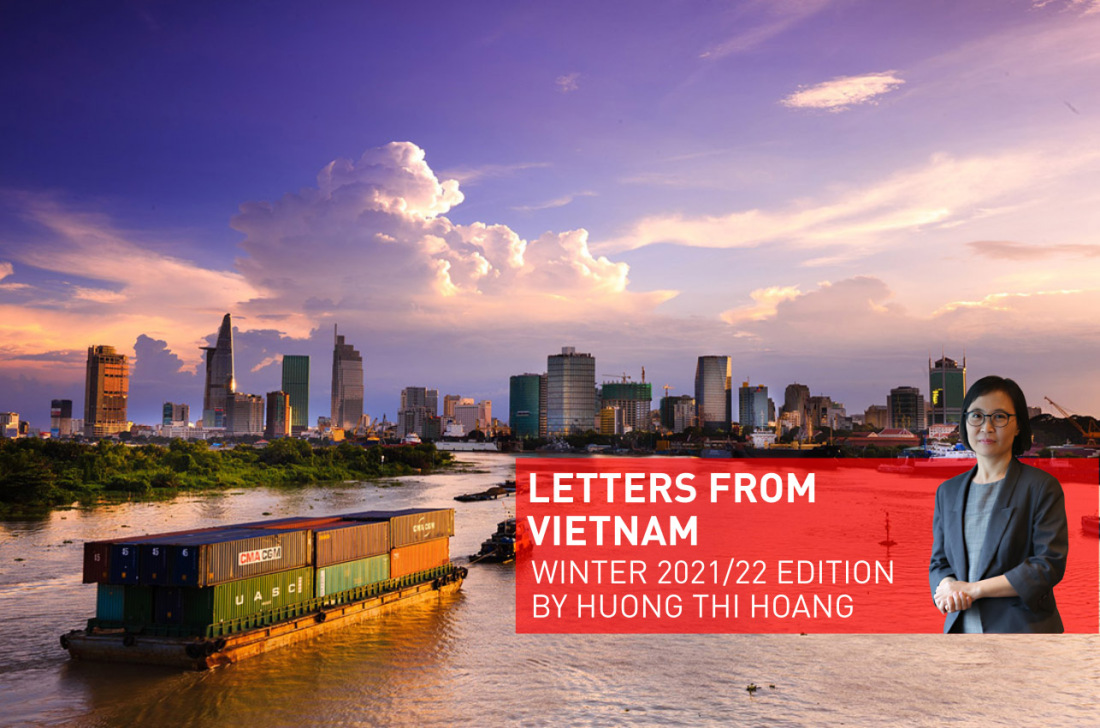
Will we soon be driving Vietnamese cars? And why has the corona virus affected Vietnam more severely in 2021 than in 2020? You'll find out more about all of this along with a brief outlook for 2022 in our Letter from Vietnam, directly from Ho Chi Minh City.
Huong Thi Hoang, Director of our Bremeninvest office in Ho Chi Minh City, sends quarterly reports with the very latest overviews of trends, opportunities and new developments.
Our topics for Winter 2021/2022:
The current situation and travel restrictions
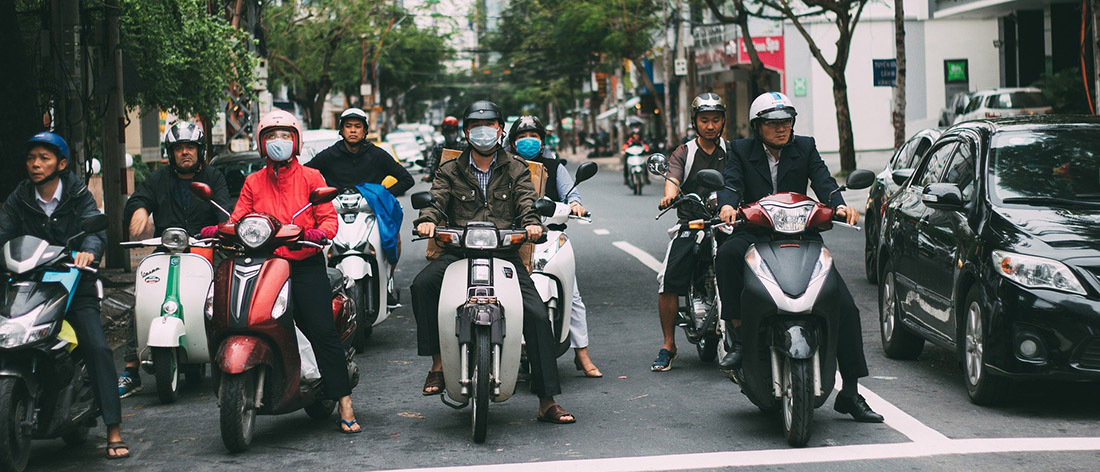
For many travellers, especially tourists, entering Vietnam has simply been impossible since March 2020. International flights have been almost completely suspended for quite some time now. Exceptions were only made for diplomats, official delegations, investors, students, family members and specialist staff. This is changing now. Since January 2022, people have once again been permitted to visit this Far Eastern country for leisure purposes, as long as they comply with a few regulations. These include PCR tests before and after arrival, a three-day period of quarantine, a visa, proof of vaccination status, a set travel route and voluntary self-monitoring. Business travellers who will be in the country for fewer than 14 days are not required to quarantine themselves.
The first international flights are once again arriving in Vietnamese airports. So far, only airplanes from the USA, Taiwan, Japan, Singapore, Thailand, Laos and Cambodia have touched down. More countries are to follow soon. However, anyone who is planning on visiting Vietnam should check the current restrictions and keep up to date with the requirements: https://vietnam.travel/things-to-do/information-travellers-novel-coronavirus-vietnam
Vietnam on the path to economic recovery after the catastrophic year of 2021
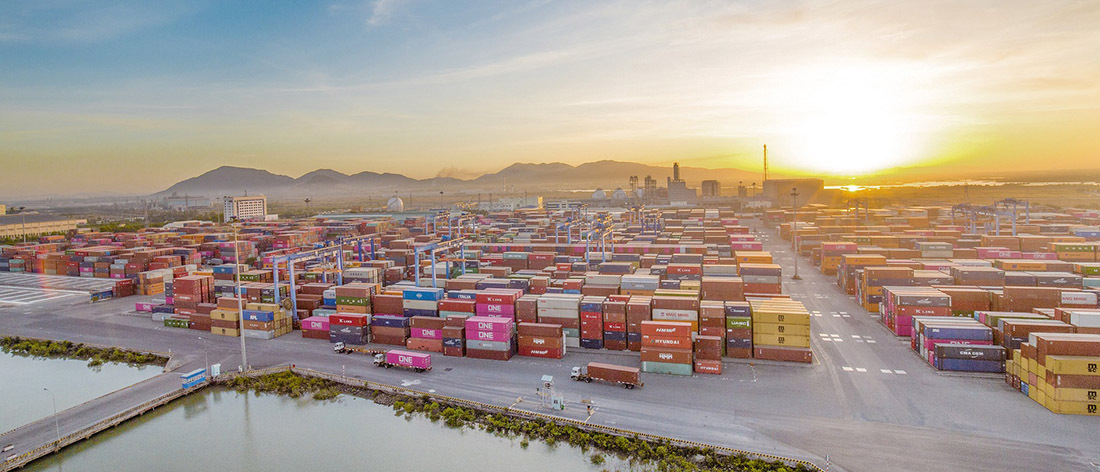
Although 2020 was the year that brought the greatest economic setbacks to the Western world, it wasn't until 2021 that Vietnam experienced its most severe crisis. For the first time since 2000, the country's GDP sank in one quarter (Q3 2021), and the overall economy grew by only 2.6 percent in 2021. This was a far cry from the almost 7 percent growth that Vietnam has reported for many years, which placed it at the forefront of the global economy. The situation was caused by a mix of disrupted supply chains and the Delta variant, which hit the country particularly hard. Thanks to its stringent anti-Covid policies, the number of cases in Vietnam was kept extremely low until July 2021. Then the Delta variant arrived in this South-East Asian country, forcing it to implement a comprehensive lockdown. Many nations, institutions and companies stood ready to help.
Although the start of the vaccination campaign was delayed by the government's long-held hope that the country could develop its own vaccine, it has reached around 70 percent of the population since its start in July 2021. Many companies had to shut down production for days or weeks while the population went into a hard lockdown.
This situation should improve markedly in 2022. Although experiencing a wave of the milder Omicron variant, the country expects to see a return to its former rates of economic growth of almost 7 percent, in the best case. Institutions such as the World Bank are predicting around 5.5 percent. The increase in GDP will also be supported by a new government stimulus package of 15 billion US dollars, which is primarily aimed at providing tax benefits to the population.
The country also expects much from its new trade agreements. The EU-Vietnam Free Trade Agreement (EVFTA) which officially came into force in mid-2020 has been supplemented by the Regional Comprehensive Economic Partnership (RCEP) agreement since the beginning of 2022. The RCEP is a trade agreement between the South East Asian states, Australia, New Zealand, China, Japan and South Korea.
Vietnam is also hopeful for greater commitment from international investors. However, although the monetary value of foreign direct investments (FDIs) also reached a new record height in 2021, the number of new projects fell. Some companies also reported the relocation of parts of their production abroad to compensate for losses in production caused by the lockdowns. As these factors should no longer be present in the new year, it should be possible to set a new FDI record in 2022. There are opportunities for foreign companies in a multitude of sectors such as pharmaceuticals (only 47 percent of medicines are produced in Vietnam) and also technology and renewable energies. The return of foreign specialist staff and the upturn in tourism could also be further factors in the recovery.
Bremeninvest meets the new Vietnamese ambassador to Germany
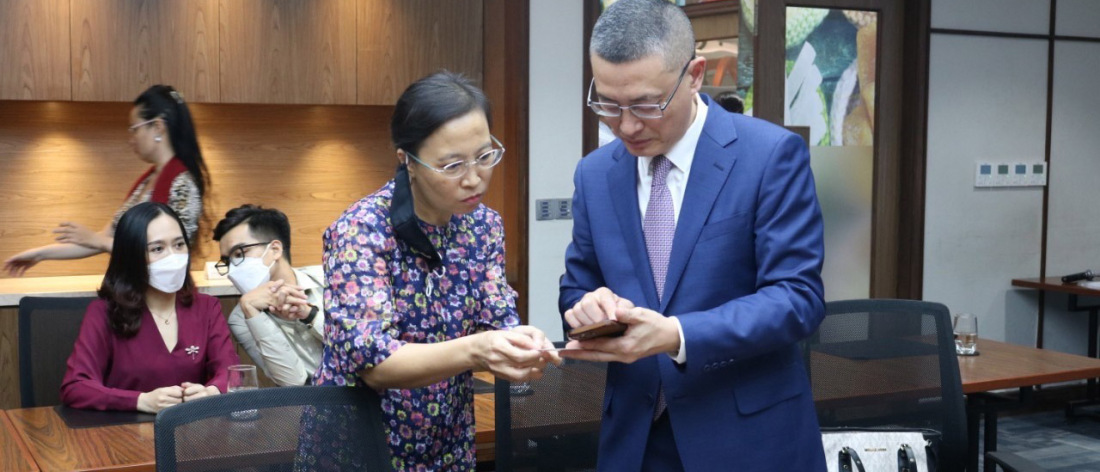
Minh Quang Vu has been appointed as the Vietnam's new Ambassador to Germany and will take up his office in March 2022. Before travelling to Germany, he met representatives of German institutions in January this year, at the Investment and Trade Promotion Center (ITPC) in Ho Chi Minh City (HCMC), including Huong Thi Hoang who works to promote Bremen as the Director of the Bremeninvest offices in Vietnam. Hoang made full use of this opportunity to introduce the Ambassador to the activities of Bremeninvest at local level, highlight the benefits of the North German port's location for Vietnamese investors and speak in favour of a closer relationship between the two countries.
Will we soon be driving Vietnamese cars?
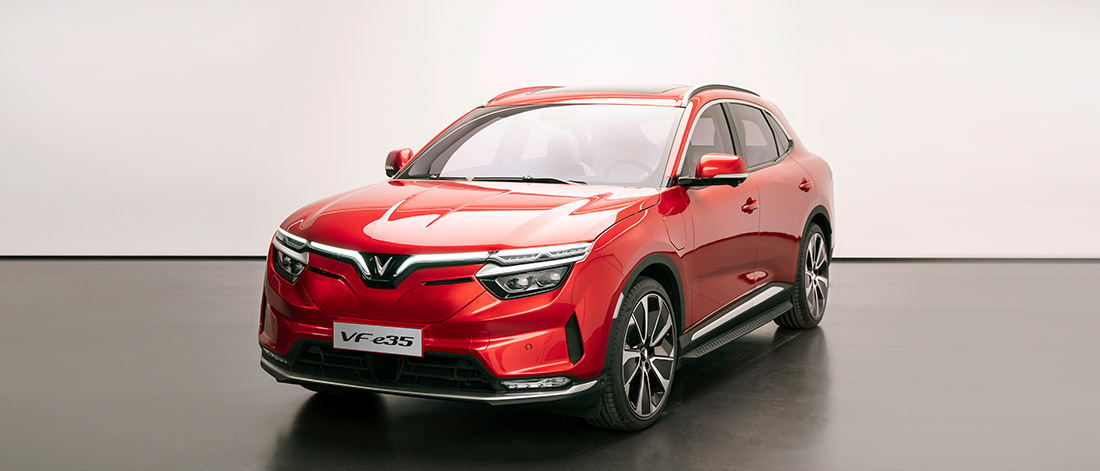
In the past few weeks, the news that Vietnam's first car manufacturer, Vinfast, would like to build a factory in Germany has attracted attention in the business sections of many newspapers. The choice of location could well fall on Thüringen where two electric cars, the VF 8 and VF 9 models, are to be assembled.
Vinfast was created in 2017 as part of Vietnam's largest industrial conglomerate, the Vin Group. The start-up began as a licensed manufacturer of BMW's 5 series vehicles and the X5 SUV as well as another model based on a SUV built by General Motors, the US car manufacturer. However, until now, all these models have been produced in small series runs and will now be superseded by the electric cars developed by Vinfast itself. Two of them are intended for the European market and a total of five are still in the planning stage. In addition to the car factory in Germany, the group will also build a factory and a battery production plant in the United States.
The vehicles can hold their own against Western manufacturers, at least on paper, in terms of safety rating, driving features, range, design and price. With prices of between 44,000 and 50,000 Euros, the Vietnamese company is certainly being ambitious. Vinfast already wants to sell 42,000 cars this year.
In Vietnam, the company's production facility is based in Cát Hải, a small island not far from Hai Phong, Vietnam's third-largest city. The car plant covers most of the island and has partially been built on reclaimed ocean floor. The Lach Huyen Port and the Cat Hai Economic Zone are also located on the island, adding to its attraction for international trade. The island's position in the North of Vietnam also means it is geographically close to China and Japan. Japan is also a joint central investor in the expansion of the port. This therefore gives Vinfast the opportunity of exporting directly from its site.
This ambitious car manufacturer also exemplifies how European companies can benefit from new Far Eastern competitors in the car market. The car's design was created by the Italian Pininfarina design studio, Siemens helped build the factory and vital vehicle components are being provided by ZF, the German automotive component supplier, which also operates a facility on Cát Hải island. The American component supplier Lear, which is famous for its interior systems and also runs a plant in Bremen, is also right next door.
Success Stories
Bremen’s Economy in Figures: Statistics 2025
The State of Bremen is a strong economic hub. A look at the latest statistics highlights its economic strength — summarising key data such as cargo volumes, export performance, industry turnover, and more.
Learn moreMedium-Sized Companies in Bremen Showcasing the Full Range of the Local Economy
Medium-sized companies form the backbone of Bremen’s economy. They create jobs and produce goods that are in demand worldwide. Here is a selection of ten businesses that illustrate the diversity of Bremen’s economic landscape.
Learn moreTwelve international food and beverage companies in Bremen
Becks and Melitta may be high-profile brands, but international food and beverage companies also manufacture lots of other products in Bremen and Bremerhaven. Here are twelve examples.
Learn more

